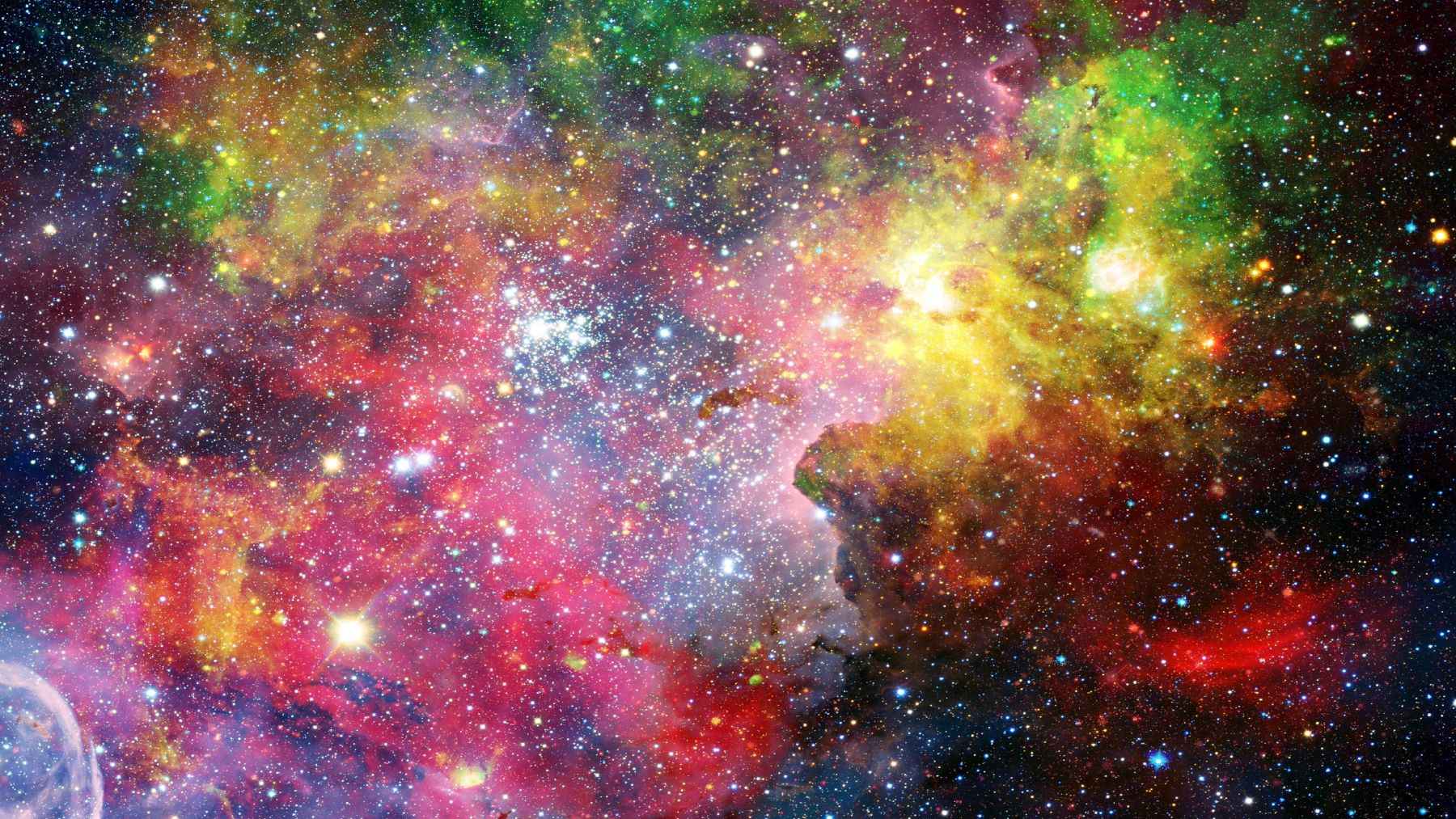Try to imagine a possibility where the cosmos is painted with several colors. This reality is what we are seeing when we look up at the night sky. But despite all of this, our vision is shrunk to a small range of wavelengths. Even light, as we call it, is painted with hundreds of hidden hues, but could color be the key to decrypting life’s building blocks?
Examining the phenomenon behind “102 colors”: Spectroscopy and wavelengths
In this context, astronomers are specifically talking about hues that are beaming across the surface of our universe. These hues are in the form of wavelengths that are beyond our reach as humans. Originally, infrared light is invisible to us, but it reveals secrets about our never-ending universe in its origin.
NASA is one of the organizations that continues to help us unravel mysteries in our universe. It is only able to do this with the help of its sophisticated instruments, and one of these devices is the SPHEREx. The objective for building this device is to set out and uncover these assumed “colors” that exist in astronomy.
Upon its successful launch into space, SPHEREx has been able to take the infrared light that exists in space and divide it into 102 narrow filters. SPHEREx employs spectroscopy to extract the intricate details about this infrared light. It is possible that a color smear from a celestial life-form like a galaxy can reveal its age, origin, or even mode of formation: One of astronomy’s mysterious questions.
Is SPEREx’s discovery within the cosmos authentic or fake?
The proof is in the pudding, especially because it is a known fact that these cosmological instruments exist. While the authenticity can be up for debate later, SPHEREx’s lenses are capable of scanning the entire sky with a unique method; there is no doubt that the cosmic findings, which in this case are the “102 colors,” are a statement of fact, but explained through the use of metaphors, just like the strange Mars skull discovery.
What these new colors reveal about the universe
Every galaxy holds a record of the past. By reading its spectrum, astronomers can pinpoint its distance and, by extension, its age. The 102-color map will allow researchers to trace how galaxies grew, merged, and transformed over cosmic time.
More importantly, it pushes us closer to understanding the universe’s first billion years, a mysterious era known as the “epoch of reionization,” when the first stars ignited and lit up the cosmos. SPHEREx’s colors will act like time stamps, revealing how light from that ancient epoch has been stretched across billions of years.
The new era of cosmic photography: What does the future hold for astronomy
The assumption that the cosmos has added 102 colors is not a stipulation that was brought into the astronomy community and was welcomed with open arms; it was met with serious challenge, and while evidence has been given, cementing this particular ideology within the laws of astronomy is going to bring along its own hurdles and challenges.
Hurdles that astronomers have to deal with going forward
The astronomers in charge of the research have to deal with the hurdle of data volume and separation. This involves studying several billion wavelengths that exist at the core of this discovery. But one thing is certain: Unknown molecules and strange galaxies might become understood and found to guide humanity’s expeditions through space.
It is important not to be confused when it comes to the topic of the cosmos, adding “102 colors”. These sorts of assumptions can only be made because of a series of advancements and refinements across NASA’s entire cosmological process. These advancements have brought forward powerful and intuitive instruments like telescopes, radio waves, and X-rays that can tell accurate stories about the creation of the universe, like the discovery of the unseen universe.

